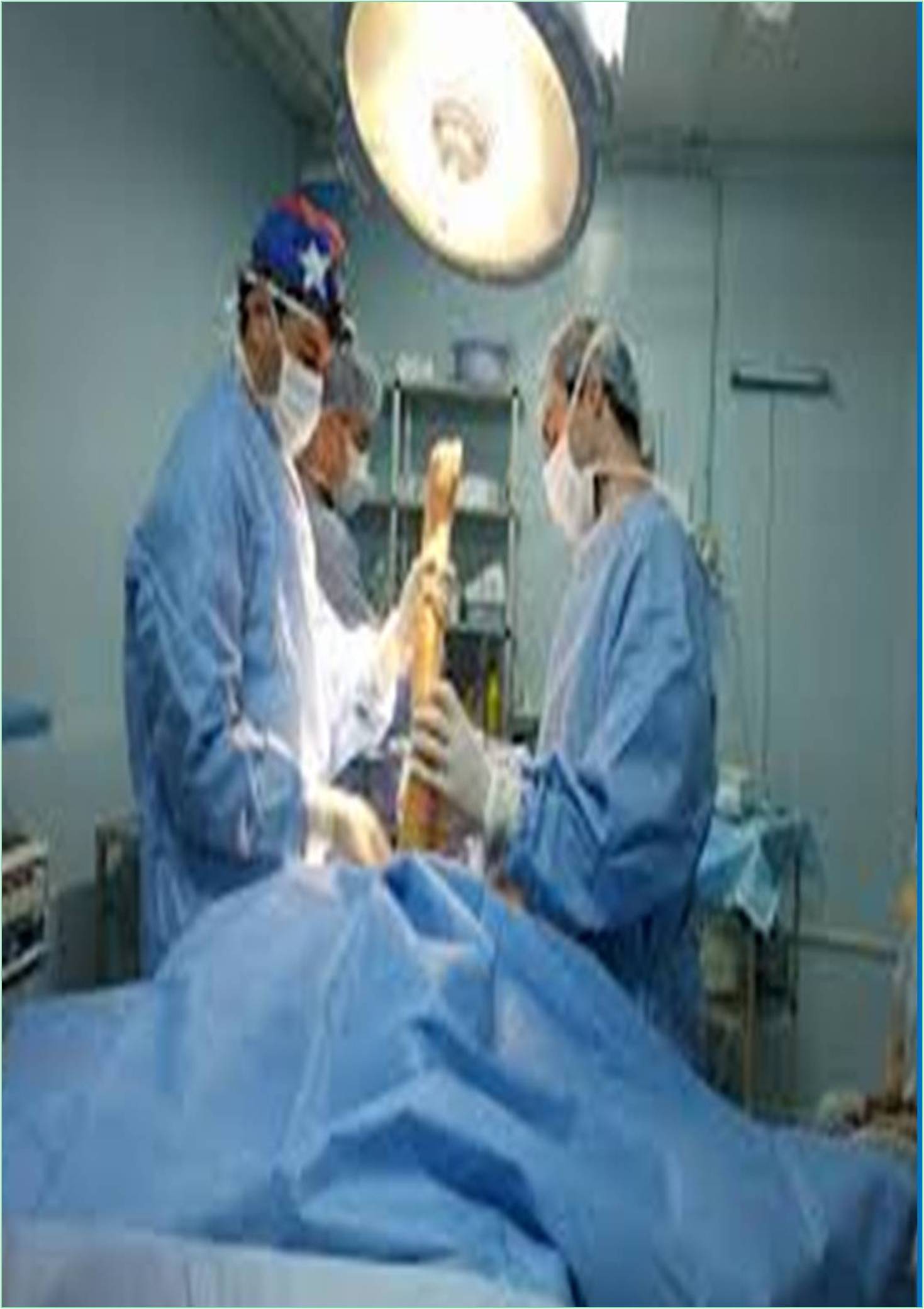



Received: 01-Apr-2022, Manuscript No. GJOPTP-22-59181; Editor assigned: 04-Apr-2022, Pre QC No. GJOPTP-22-59181 (PQ); Reviewed: 18-Apr-2022, QC No. GJOPTP-22-59181; Revised: 25-Apr-2022, Manuscript No. GJOPTP-22-59181 (R); Published: 02-May-2022, DOI: 10.15651/GJOPTP.22.9.003
All problems related to the body’s musculoskeletal system fall into the category of orthopedic problems. Most orthopedic conditions are painful and can cause other health problems if not treated properly. The most common orthopedic problems and the best ways of treatment are listed below.
Lower Back Pain
Lower back pain is one of the most common orthopedic problems. Most people experience back pain at some point in their lives. Often it is mild and disappears after a while. However, in some cases, the symptoms may be severe that they need medical attention.
If back pain is affecting quality of life or causing other medical problems, it can be a sign of greater health problems. Some back pain can be relieved with medication or physiotherapy, but some pain is best treated with surgery.
Knee Pain
Knee pain is often experienced by athletes, but it can affect anyone. Some knee pains are caused by injuries and overuse, while others are caused by conditions such as osteoarthritis. In most cases, knee pain requires medical attention. Some conditions simply require physiotherapy, while others require broader treatment such as surgery.
Hamstring Injuries
Hamstring injuries are also most commonly experienced by athletes. Soccer players, football players and runners are prone to this type of injury. This injury is usually a tear in one of the hamstrings and can be very painful. Physical therapy and sometimes surgery are required for complete healing.
Plantar Fasciitis
The plantar fascia is the tissue that connects the heel to the ball of the foot. Tears and infections can make walking painful. Adults over the age of 40 are more likely to develop plantar fasciitis, but it can affect people of all ages. Physical therapy is a very beneficial treatment for plantar fasciitis.
Scoliosis
Scoliosis is an abnormal curvature of the spine. Often, the spine forms a “S” or “C” shape, and individual vertebrae may rotate. Contrary to popular belief, scoliosis is not caused by poor posture. However, people with scoliosis may lean to one side.
Brace may be worn to prevent further curvature, and in severe cases surgery may be required to straighten the spine.
Hip Fracture
A hip fracture is the most common result of falls and is a common injury in the elder people. Osteoporosis is also one of the leading causes of hip fractures. Depending on a person’s overall health, a hip fracture may result in other health conditions as a result of the complications of a hip fracture. Hip fractures are most commonly treated surgically. Maintaining good bone health reduces the chances of suffering a hip fracture.
Arthritis
Arthritis is swelling of the joints. It is painful and often causes stiffness in and around the affected joints. The risk of developing arthritis increases with age, and women are more likely to develop arthritis than men. Arthritis is also hereditary, so if there is a family history of arthritis, it is more likely to have arthritis.
Medication helps relieve the pain associated with arthritis. Other common treatments include massage, acupuncture, joint fixation, and surgery. The first step in treating an orthopedic problem is to visit a doctor who specializes in orthopedics to get the problem treated.